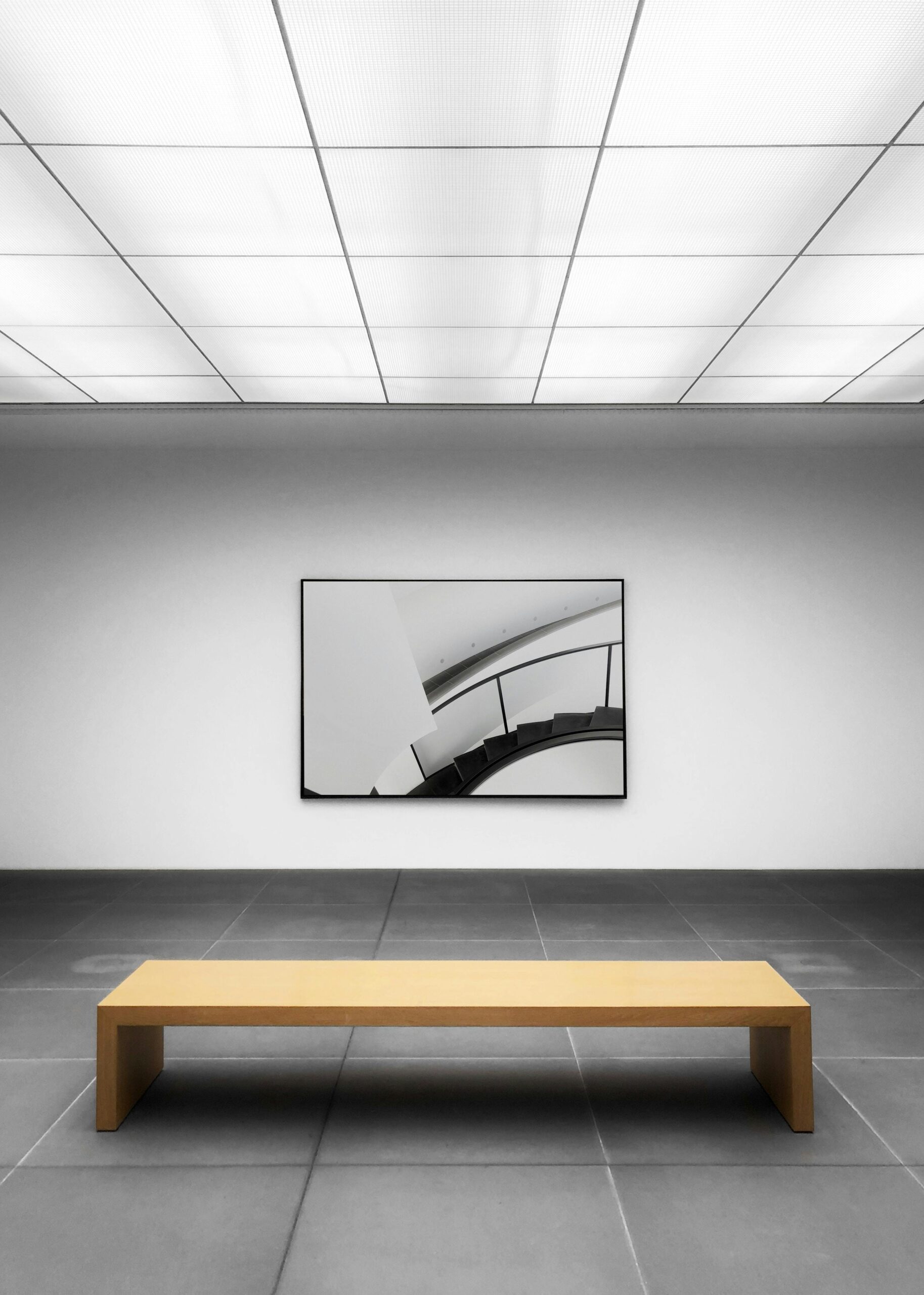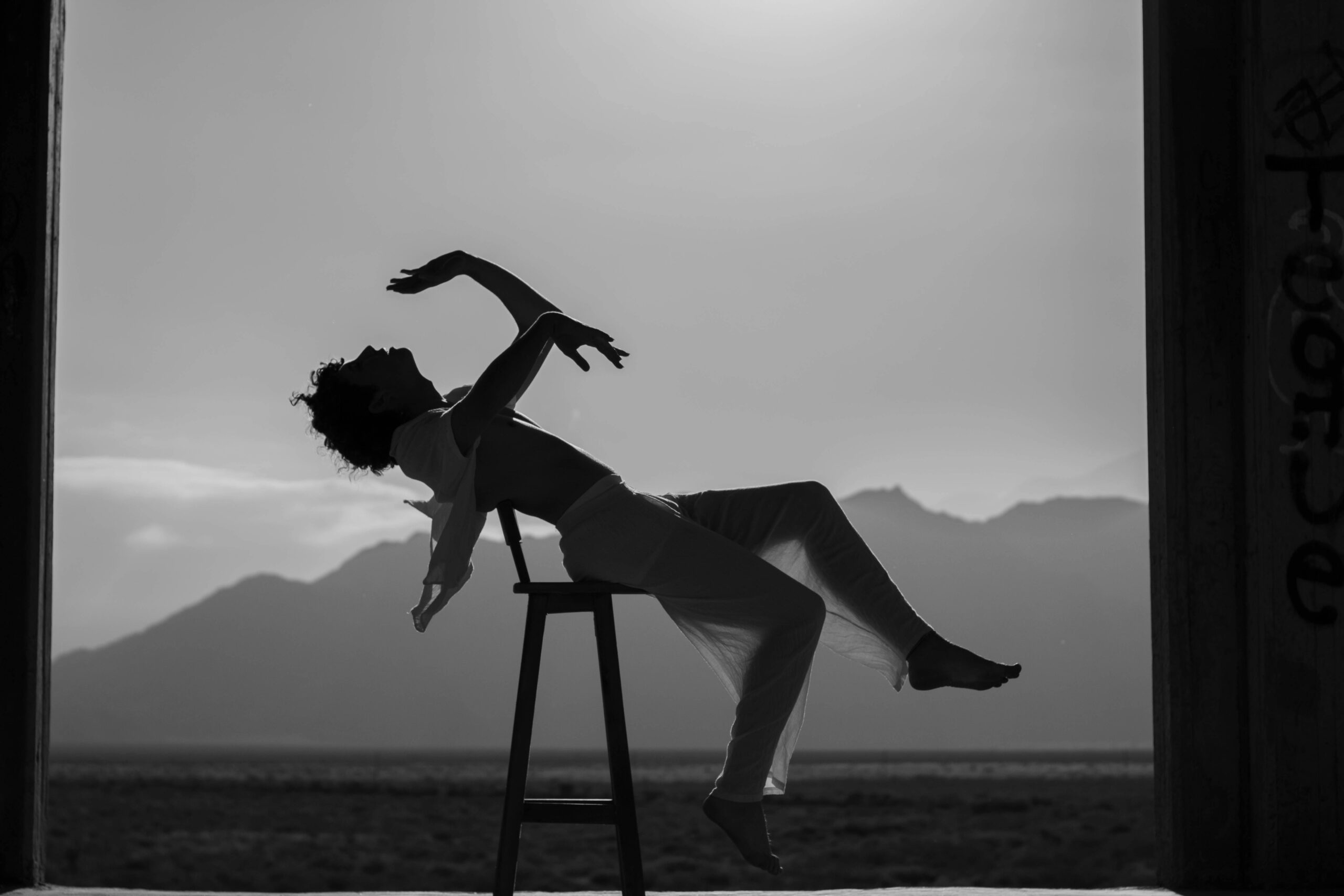Walking into a minimalist installation can feel, at first, like stepping into a strange kind of silence. There’s no loud color explosion, no obvious narrative, sometimes not even a traditional “art object” at all. I remember the first time I encountered one — a room bathed entirely in soft white light, with just a single metal beam stretching across the floor. I didn’t know what to think. Was it even art?
Over time, though, I’ve come to deeply appreciate minimalist installations — not just for what they are, but for what they ask of us. In a world that’s constantly shouting for our attention, minimalist art quietly invites us to slow down, to look closer, and to find meaning in spaces that seem, at first glance, empty.
Minimalism, especially in installation art, emerged in the mid-20th century as a rebellion against the overly emotional, grand gestures of abstract expressionism. Artists like Donald Judd, Dan Flavin, and Agnes Martin weren’t interested in storytelling or heavy symbolism. Instead, they focused on material, space, repetition, and presence. They asked a radical question: what happens when you strip art down to its essentials?
Today, that question feels even more urgent. We live in a world saturated with information, noise, and images. Everywhere we go, something is demanding our engagement. Minimalist installations create rare spaces where there’s no expectation to consume or react quickly. They offer an environment that feels almost sacred — a pause button in a relentless stream of stimulation.
One of the most powerful minimalist works I’ve ever experienced was a room-size installation by James Turrell. It wasn’t “about” anything in the traditional sense; it was simply an environment designed to shift your perception of light and space. As I stood inside, I became hyper-aware of how my eyes adjusted, how my body moved, and even how time seemed to slow. That experience stayed with me far longer than any busy, image-packed show ever could.
Minimalist installations also challenge us to become active participants rather than passive viewers. Because there’s often so little “happening” on the surface, we have to meet the work halfway. We have to bring our own thoughts, feelings, and even doubts into the conversation. That dialogue — between the viewer and the space — is part of the art itself.
Another reason minimalist installations still matter is that they invite mindfulness. In a gallery filled with sleek forms, repeating patterns, or open expanses of negative space, you find yourself tuning into tiny details you might otherwise overlook — the texture of a surface, the way a shadow falls, the subtle shift of natural light over time. You’re not just looking at the art; you’re inhabiting it.
And contrary to the common criticism that minimalism is “cold” or “impersonal,” I’ve found that the best minimalist installations are often full of emotion — just a different kind of emotion. Instead of overwhelming you, they open up a quiet space where your own emotions have room to emerge. That kind of experience is deeply personal and profoundly human.
Of course, minimalist art isn’t for everyone. Some people find it boring or inaccessible, and that’s okay. But I believe it’s important that these spaces exist alongside the louder, flashier corners of the art world. They remind us that simplicity can be powerful. That absence can be meaningful. That less really can be more.
For me, minimalist installations matter because they offer a kind of radical hospitality: an open, uncluttered space where anyone — no matter their background or level of “art knowledge” — can enter, reflect, and find something real. They give us permission to slow down, to look closely, and to listen to ourselves.
The next time you walk into a minimalist installation and feel unsure, stay a little longer. Let yourself be a little uncomfortable. Let yourself notice what you usually miss. In the stillness, in the simplicity, you might just find something extraordinary.



